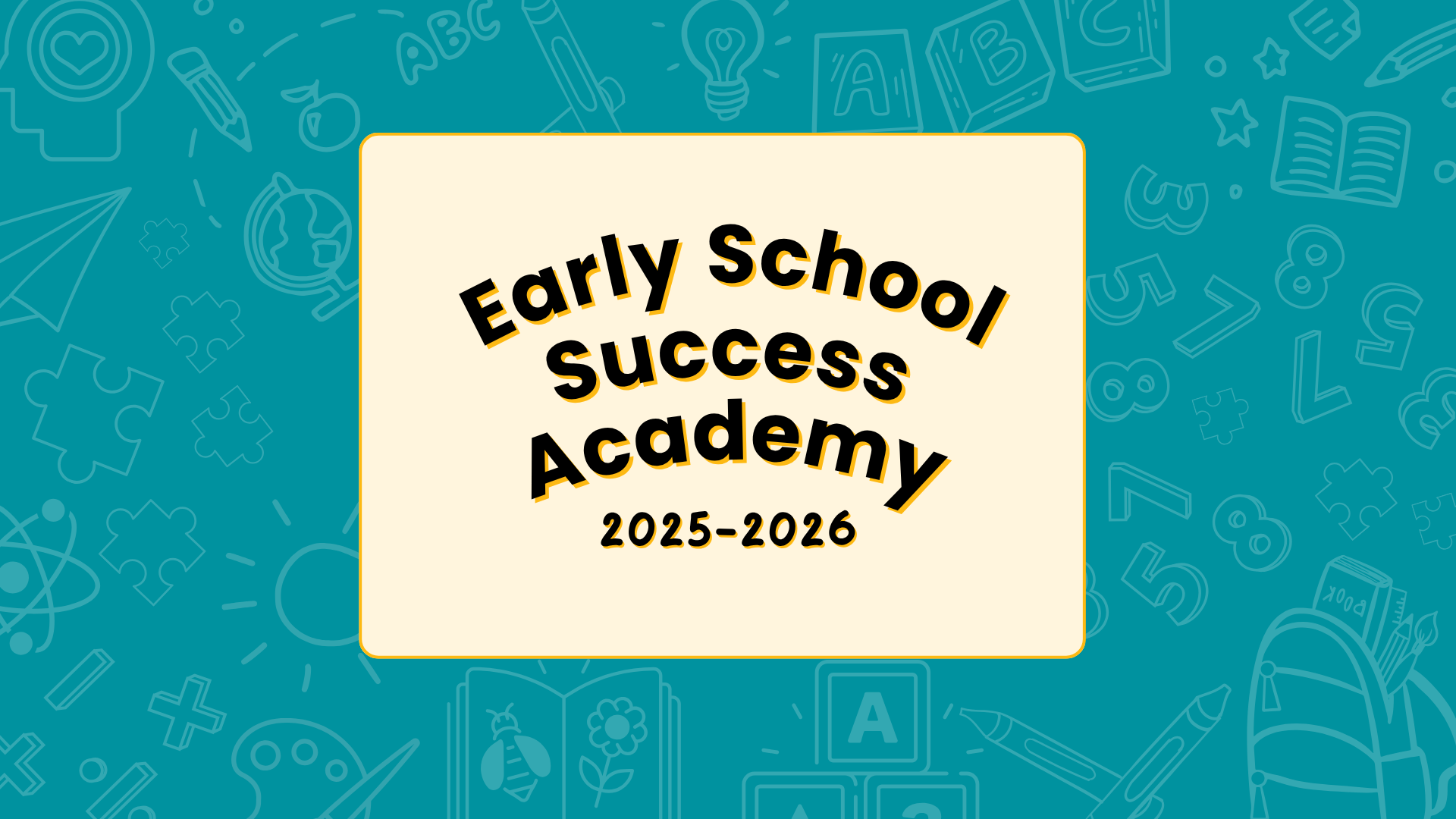More than a dozen young Oregonians from across the state were offered the exclusive opportunity to question gubernatorial candidates at the Debate for Oregon’s Future, sponsored partly by Children’s Institute and held at Roosevelt High School Tuesday night.
The student-centered format was a first in Oregon history, said Sharon Soliday, chair of the advocacy group Children First for Oregon. The organization was a lead presenter of the debate, which featured incumbent governor, Kate Brown, republican challenger, Knute Buehler, and independent candidate, Patrick Starnes.

Though early childhood issues were not explicit in the questions asked by the students aged 12 to 19, concerns about access to health care and mental health care, educational funding and teacher diversity were all themes that resonate with early childhood advocates and underscore the importance of investing early in the health, education, and safety of young children and their families.
Responding to a question about access to dental and mental health care for foster children, Brown also noted that addressing the root causes of family instability was important, namely substance abuse, domestic violence, and housing issues. Buehler criticized the “indifference to solving this problem,” and described Oregon’s foster care system as one of the worst in the nation, with a “fear-based culture,” in need of more rapid improvement.
Candidates also expressed broad support for more school-based health clinics and increasing numbers of school counselors, with Starnes noting that he would support a specific fund for mental health care. Brown said she was working to integrate mental and physical health care needs in future contracts with coordinated care organizations.
In response to 17-year-old Dazon Sigo’s question about underrepresentation of indigenous people in school curriculum, Bueler said, “Education is the important issue this campaign.” Buehler argued that Brown had not done enough to solve the classroom funding crisis or improve teacher diversity. Brown disagreed, citing an improved graduate rate of seven points under her leadership as governor, school funding increases of 22 percent, and significant investments in underserved communities.
“Actions speak louder than words,” she said in her closing statement.

